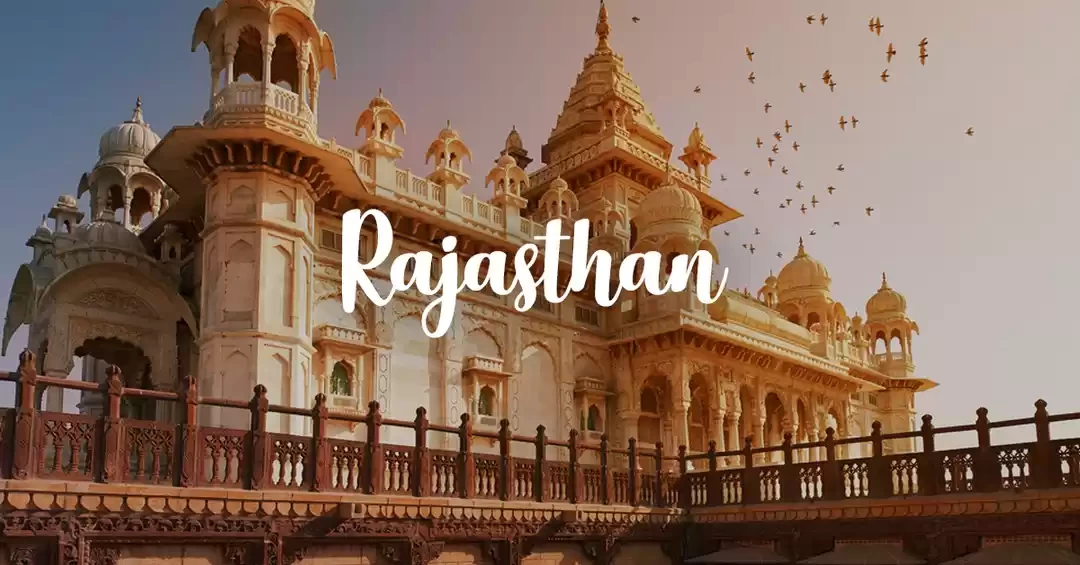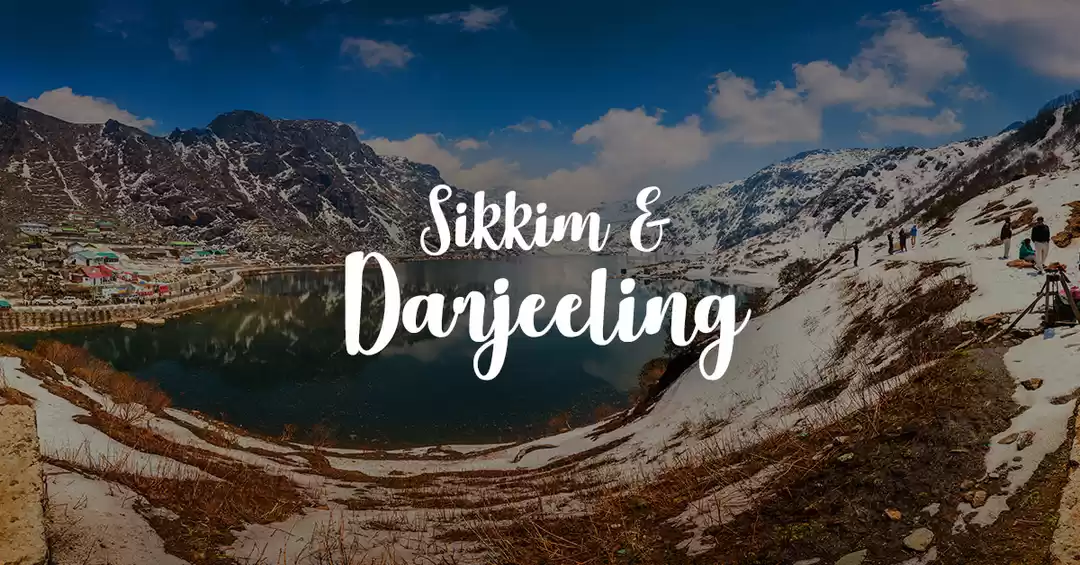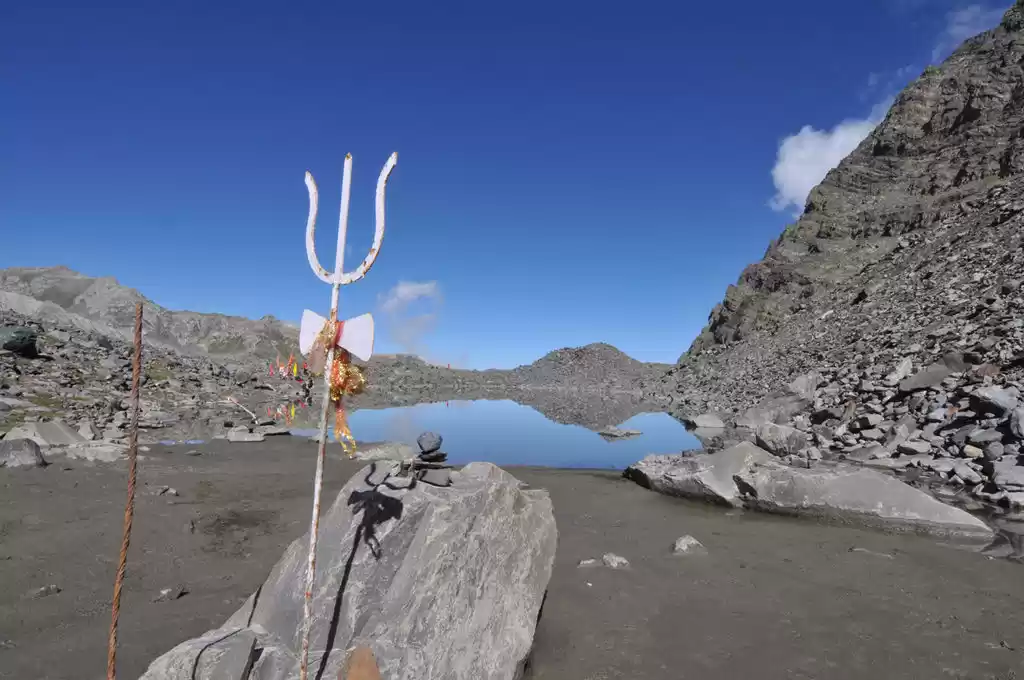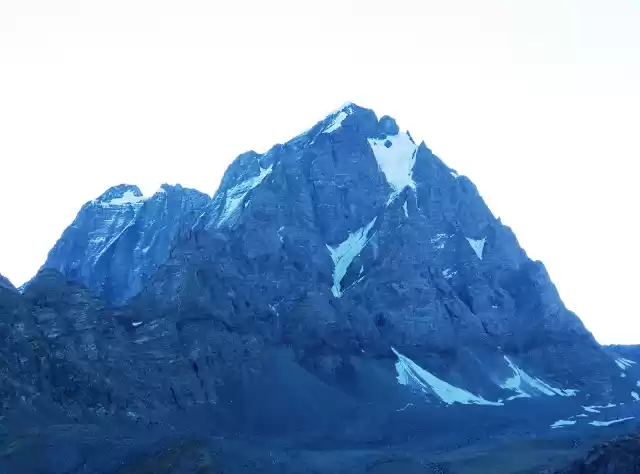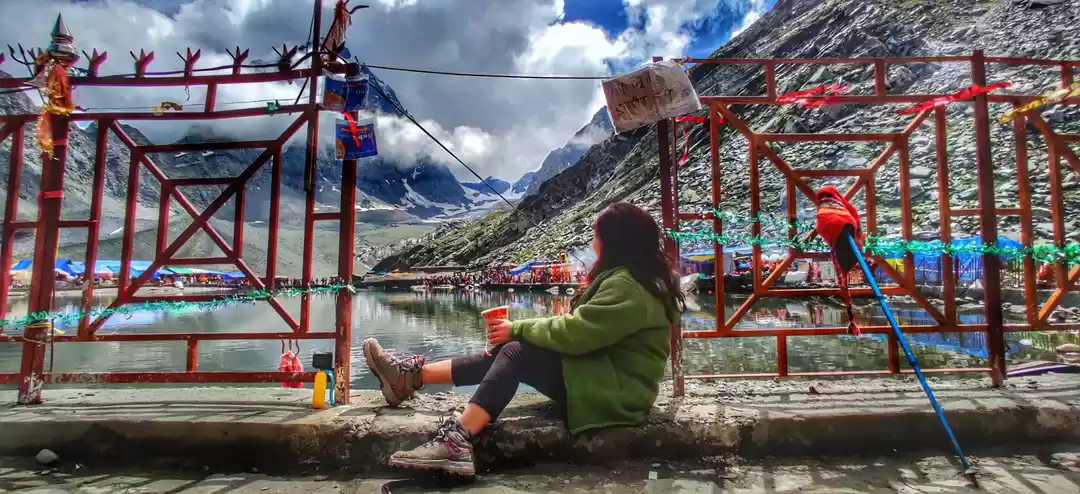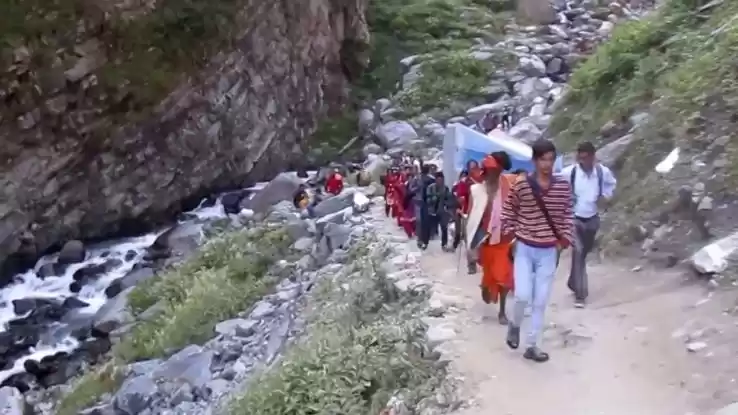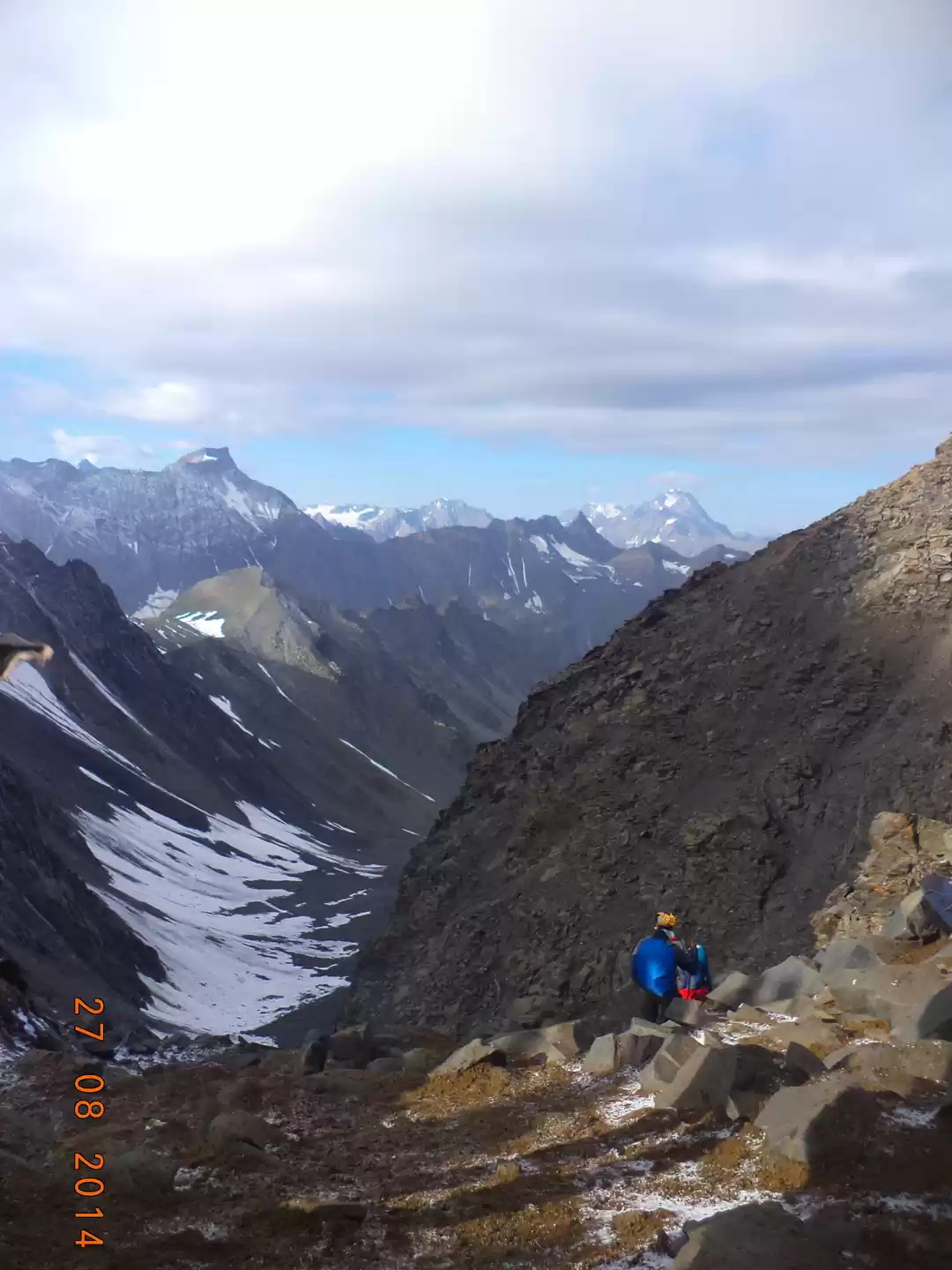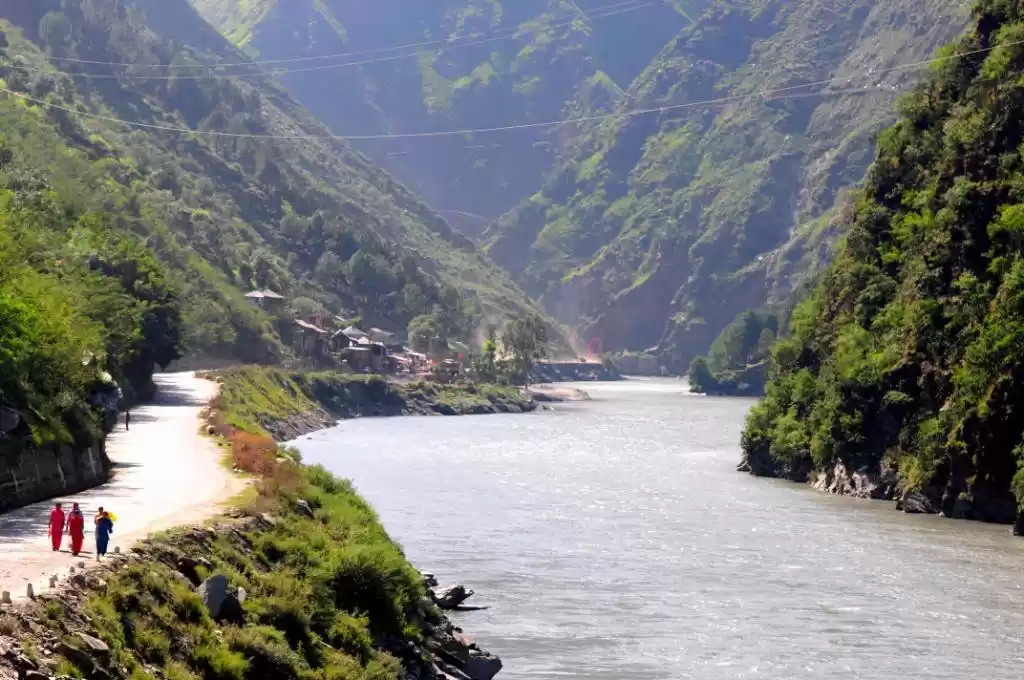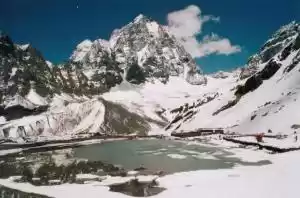
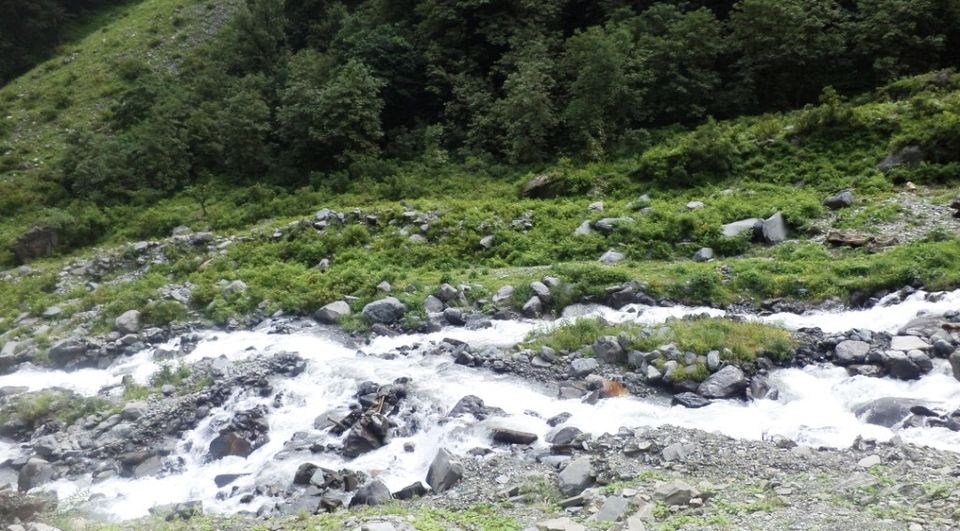







"It's the darkest hour before the dawn. Wrapped in almost half a dozen blankets, I am half-awake in my tent at Dhancho after trekking for six hours. Numerous thoughts keep flowing in my head as I listen to the burbling sound of Parvati stream running in the rearside of our camp. I try to calm my mind, not getting attached to any thought and letting them flow - just like the water of this river.
Soon to break the calm, there's a noise outside. I hear some people shouting with joy. I unzip my tent and rush out bare-feet to catch a sight of something glittering far there in the Kailasha Parvata. It's called Mani - the gem on Shiva's crown, they say. When the moon rays reflect from it on a clear, full moon night, it shines. It's a rare occasion on a land which is 13,500 feet above the sea level."
A bounty in the cloud dipped Pir Panjal Range of the Himalayas, Manimahesh Kailash Peak is still a mysterious and heavenly quest to the devotees of Lord Shiva across the country, who throng the place during an annual mela or piligrimage held from Krishna Janamashtmi to Radhashtmi.
Geography:
The main religious site of Manimahesh Lake from where the virgin Kailash Peak (believed to be the abode of Lord Shiva) is sighted is located at a distance of 14 kilometres (8.7 miles) from the nearest road point of Hadsar. Being 13 kms far from Chamba, Hadsar is considered as the starting point of Manimahesh Yatra and can be reached via air, rail or road. However, the rest of the trek to the Manimahesh Lake is covered barefoot by the pilgrims.
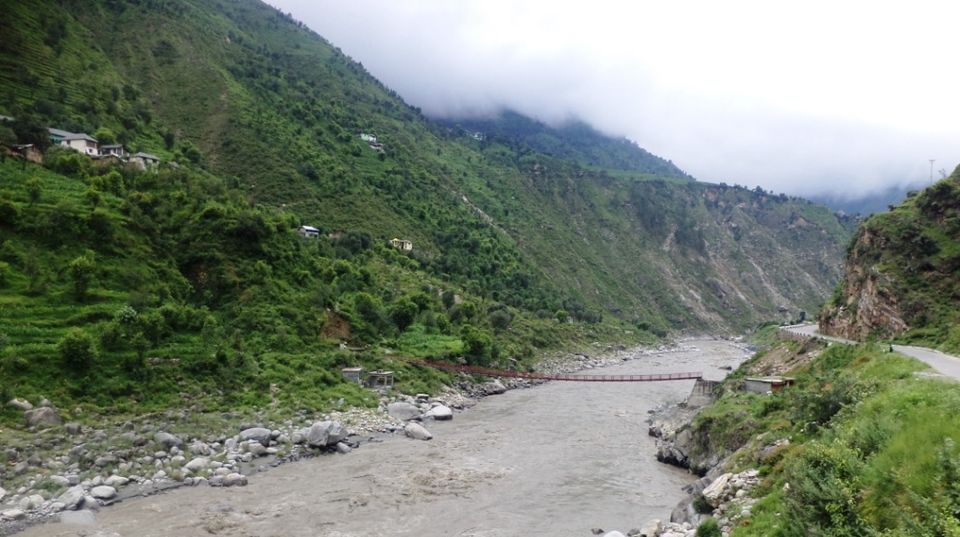
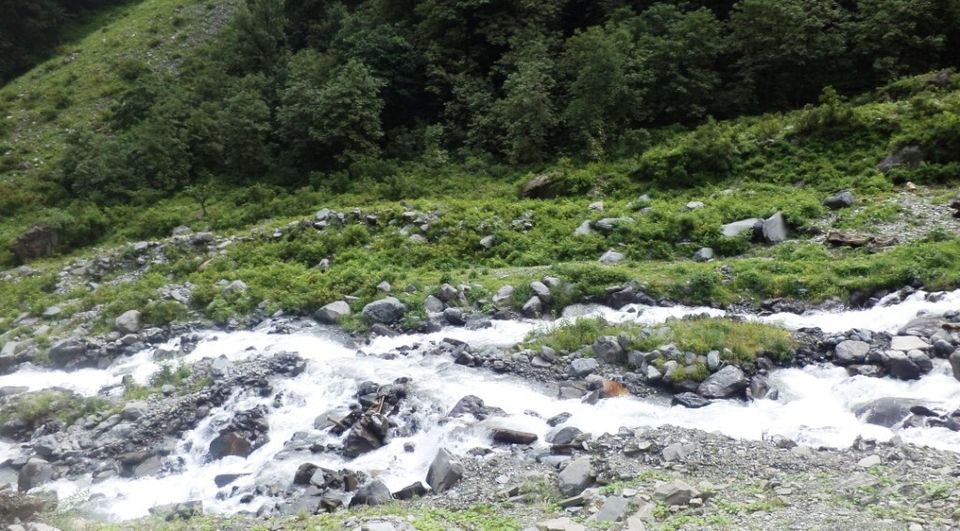
Religious belief:
According to a local legend, Manimahesh - as the name signifies, refers to a jewel (Mani) on Lord Shiva’s (Mahesh’s) crown, that imparts its holy darshans (sight) to the devotees when the moon rays reflect from it on a clear, full moon night, being a rare occasion. This is followed by another rare event when the first rays of sun fall on the peak of Kailash hill, which appears like saffron tilak when seen in the lake as its reflection. These events, adding more to the religious belief to the local people of Himachal, as well as various pilgrims visiting the place during the annual pilgrimage also contribute to the practice of taking bath in the Manimahesh lake, which also known as ‘Shiv-kund’ and ‘Dal-Jheel.’
After taking a dip in this beautiful, shallow circular lake, Kailash Peak is worshipped at a roofless temple, conspicuous with many iron trinkets, on the opposite side of the lake. The whole view in the morning touches the heart of the visitor, urging him to visit again next year.
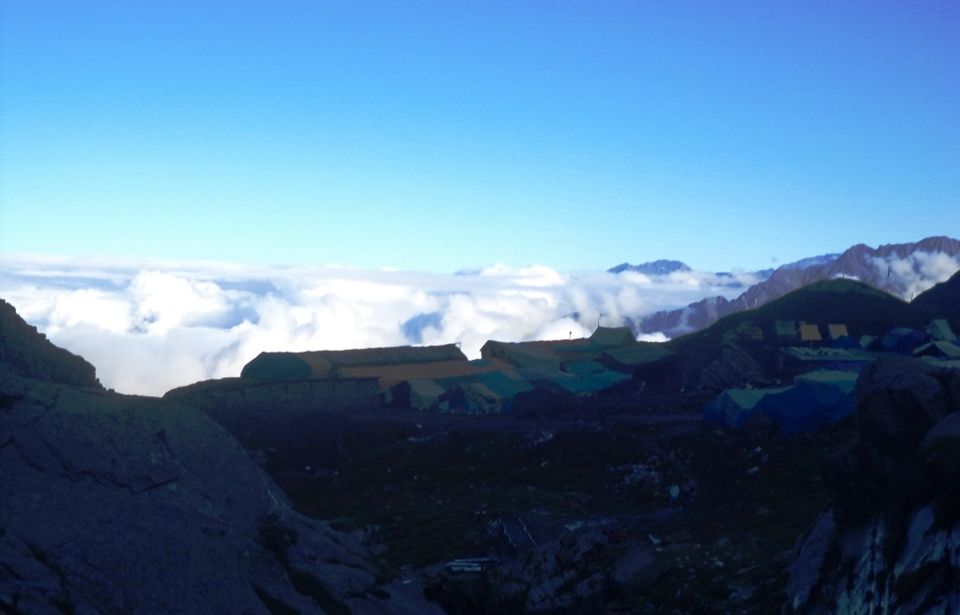
The route:
Providing a heavenly experience of the rain-drenched hills and beautiful huge waterfalls all through the way, this Kailash Yatra is also considered as one of the toughest pilgrimages in India.
The three-day yatra involves a road trip from Bharmour to Hadsar (17 kms, half an hour by road) on the first day. As per the religious belief, the yatra is started before taking a short trip of 4 kms from Bharmour to pay obeisance at Brahmani Mata Temple.
The Chaurasi Temple Complex also becomes a major hotspot for the tourists and devotees in Bharmour.
On the second day, yatris begin the ascending and descending trail of stone steps from Hadsar, through the thick forests to reach Dhanchho and ought to reach Gauri-Kund by evening or night where it is believed that Goddess Parvati used to bath and now, only women are allowed to take a dip in the pond. Tented accommodation and various dhabas and kitchens are also facilitated to the pilgrims by the state government, as well as various voluntary organizations at different spots on the main trek. However, Gauri-Kund is also a place to rest before proceeding towards the final destination of the pilgrimage.
Yatris finally trek to the Manimahesh Lake through an ascending zigzag path on the third day and intend to return the same day after the holy darshans. The path is hewn off the slope and meanders above many glacier peaks.
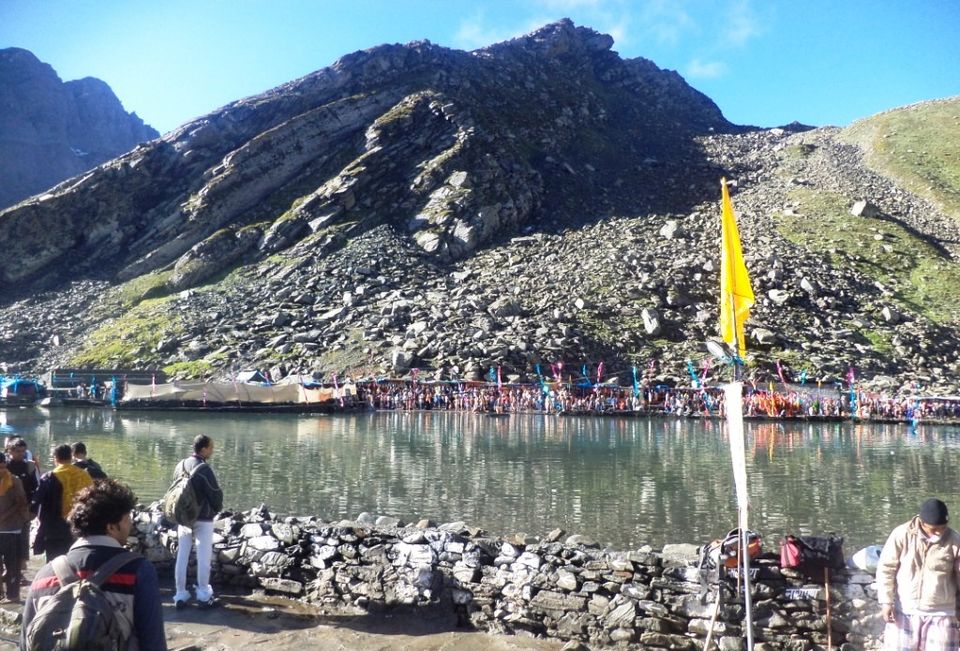
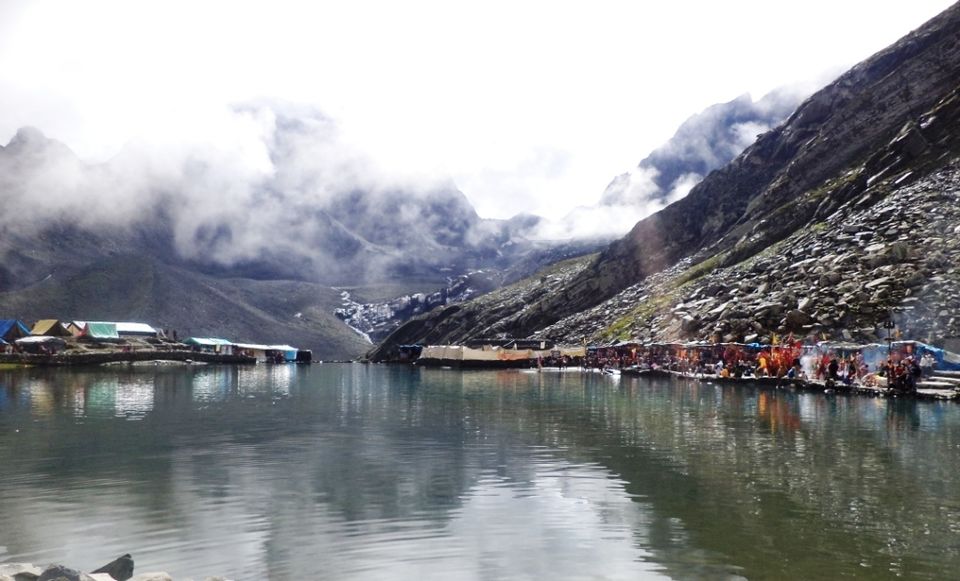
Legends:
There are many legends associated with different places all through the pilgrimage. One being the famous among all says that Lord Shiva created Manimahesh after he married Goddess Parvati, who is worshipped as Mata Girja. This legend also mentions that Shiva performed penance on the banks of Manimahesh Lake. Along with Shiv-Kund and Gauri-Kund many devotees also consider it important to pay obeisance at many other holy lakes like Kamal-Kund, Kaali-Kund, and Ravan-Kund, etc.
Also, another legend says that when Lord Shiva went to Manimahesh Kailash, he granted a boon to goddess Brahmani Devi that the pilgrimage of devotes to Manimahesh Lake would not be acceptable to him if they do not pay obeisance at Brahmani Mata Temple and take a dip in their holy pool.
Special facts about the place:
Special Attributes: Brahmani Mata Temple, Chaurasi Temple Complex, and Manimahesh Lake.
Nuisance: Risky ascending and stony treks, unpredictable weather and rains.
Dressing: Carry woolens along as it gets terribly chill as you climb.
Connectivity: One can reach by public buses to Hadsar or could adopt the helicopter facility from Hadsar to Manimahesh Lake and vice-versa. Helicopter packages may cost around Rs.8000 for both up and down.
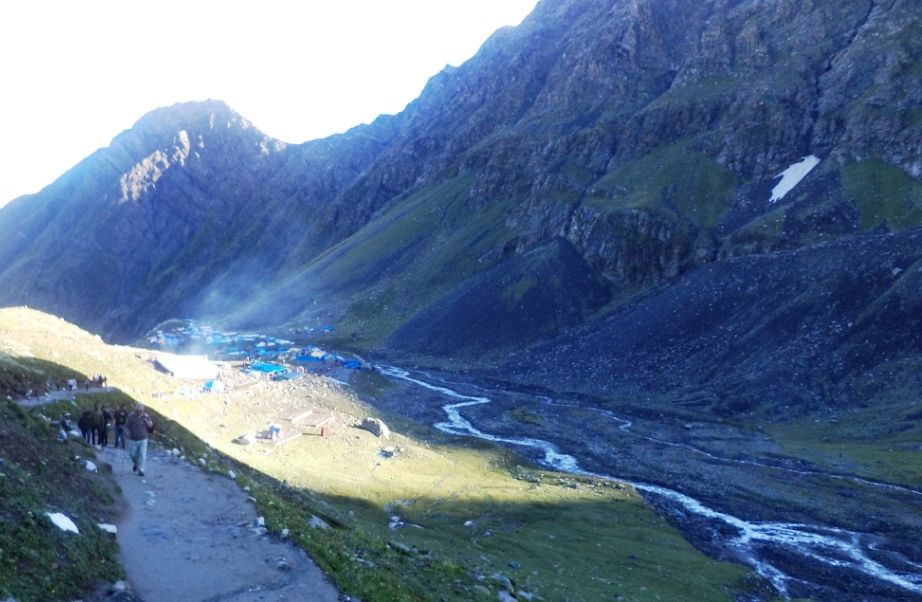
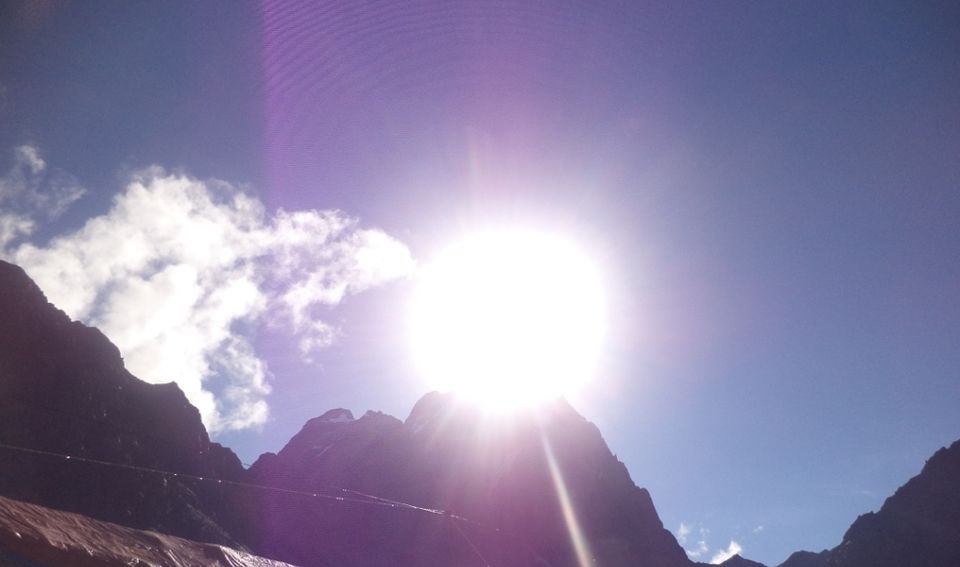
Exposure: Mostly outdoors.
Preferable season: Yatra is held once in a year, during the month of August/September.
Facilities: Bhandaras, kitchens, etc. smooth the progress of pilgrimage after every few kilometers at certain stops. Toilet booths are also set up like the same. Medical facilities are also provided.
Food Prohibition: Not such. Non-vegetarian food can also be availed from Hadsar and Bharmour.
Tip: The walks can be highly strenuous, so travel light. People with respiratory and other such disorders are suggested to consult their doctor before pilgrimage as many areas are oxygen challenging.
The travelogue was written after the trek in the year 2012.
Mani Mahesh Arora on Instagram - manimahesharora
Frequent searches leading to this page:-
manimahesh kailash yatra, manimahesh trek cost, mani mahesh yatra, manimahesh trek cost, manimahesh temple





